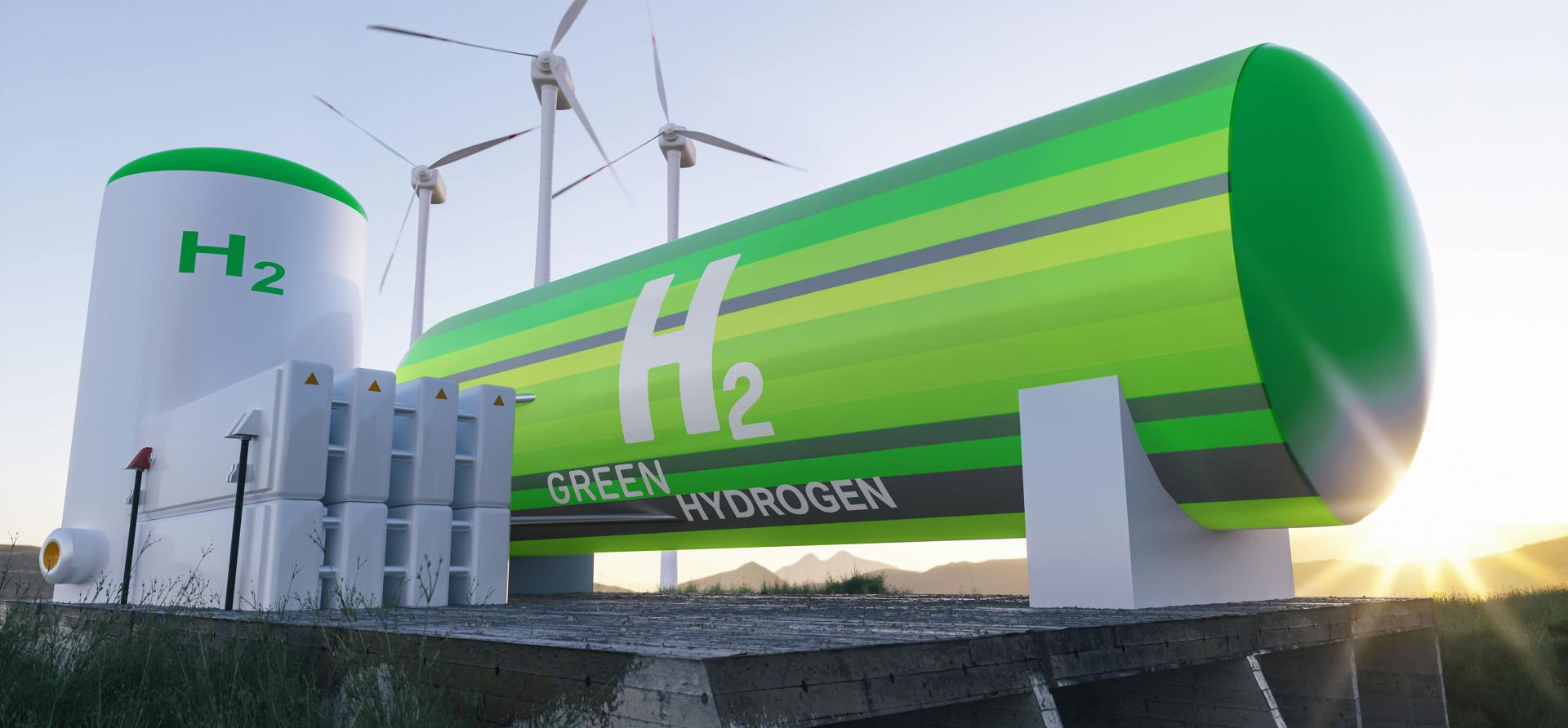Updated National Hydrogen Strategy needs to separate financial reality from hype

Key Findings
Green hydrogen use is promising for ammonia and iron production.
Direct hydrogen exports and blending hydrogen in gas networks do not make financial sense.
Australia must step up to capture the hydrogen opportunity, while protecting its domestic energy transition and consumers.
Despite all the hype, hydrogen does offer some genuine opportunities for Australia in the race to decarbonise, and we must act decisively – and choose carefully – to capitalise on our advantages.
IEEFA recently made a submission to the government’s review of its National Hydrogen Strategy. In it, we highlight that while hydrogen presents a significant economic opportunity for Australia, it will be critical to ensure we produce and use it sensibly, and that we ensure that it benefits all Australians.
Hydrogen is likely to be in high demand in a decarbonising world, and Australia is well placed to benefit. Australia is recognised as one of the best places in the world to produce hydrogen at low cost because of its abundant renewable resources. We also enjoy other advantages: we are the world’s largest exporter of iron ore and a significant global energy exporter; plus we have a skilled workforce.
Deloitte Access Economics estimates that new green industrial activity represents a A$435 billion economic opportunity for Australia, of which a significant part would come from hydrogen-based products: “Green industrial exports […] not only replace lost economic output from emissions-intensive activity but create new growth.” Another analysis found that building a green steel industry in Australia could create tens of thousands of jobs in existing industrial areas threatened by the global energy transition.
Not all applications and not all sources of hydrogen make financial sense
Amid the excitement around hydrogen, it is important to sort the financially sound ideas from the financially unsound ones. There is a strong commercial and technical case for various applications of green hydrogen. Two of the most promising options are to use green hydrogen to produce ammonia, which is then used to make fertilisers and explosives, and to produce iron.
Ammonia is already made using hydrogen. The production process only requires a limited retrofit to switch the feedstock from natural gas to hydrogen. Ammonia is easier to transport than hydrogen, so it represents an export opportunity if it can be used in ammonia form at the destination. It could also be used in the future as a fuel for long-haul shipping or aviation.
Hydrogen-based direct reduced iron (DRI) technology is currently the most promising way to decarbonise global iron and steel production. It will be more economical to produce green iron in regions with competitive advantages, and Australia is expected to be one of those regions, with an abundance both of low-cost renewables and iron ore resources. Hot briquetted iron (HBI), a compressed form of DRI, is particularly suitable for exports as it is both safe for shipping and highly dense, making it more efficient for transportation and storage.
In contrast, a number of applications currently being considered in Australia do not make financial sense – such as directly exporting hydrogen and blending it in gas networks to power buildings.
Hydrogen’s light weight and high volume make it difficult and costly to transport. It would take 2.5 times as many ships to transport the same amount of energy in liquefied hydrogen form as it does as liquefied natural gas (LNG). Our team analysed the Hydrogen Energy Supply Chain (HESC) project and found that transporting hydrogen from Victoria to Japan would consume about 75% of the energy contained in the hydrogen, because of the energy and losses involved in liquefying it at -253 degrees Celsius, transporting it at that temperature, and regassing it at the destination. As a result, transport costs alone would likely exceed target hydrogen prices of export markets like Japan.
When it comes to using hydrogen in gas networks and houses, our team found it would cost ten times less to power a house with electricity than with hydrogen. Hydrogen is a highly inefficient energy source – it takes five times the amount of electricity to heat a home with renewable hydrogen compared with an electric heat pump, and you also need to add a lot of processing to the equation. There are also many costs and technical difficulties involved in switching to fully hydrogen networks and appliances. Transitioning gas networks to 100% hydrogen may require 28% of the cost of building an entirely new network, or more. Small percentages of hydrogen could be added into the networks, but they would deliver minimal emissions reductions for significant costs.
Finally, hydrogen made from fossil fuels with carbon capture and storage (CCS) should be treated with scepticism. By 2030, about the time when new projects would start production, the cost of hydrogen created from renewables is expected to already be lower than that of hydrogen produced from coal with CCS. Our research also finds that CCS is unreliable and costly. Most existing CCS projects globally have underperformed their own targets materially or completely failed. Australia’s largest CCS project, at the Gorgon LNG facility in Western Australia, only achieved a 32% capture rate in its first six years of operations, and the CCS component cost over A$3 billion to date.
Australia must act quickly to capture this opportunity and protect Australians
Many countries are already taking concrete steps to capture the hydrogen opportunity, and Australia risks being left behind. While Australia has about 40% of all announced global hydrogen projects, only a tiny fraction have confirmed investments. The National Hydrogen Strategy Review consultation paper states: “By the end of 2022, only a single Australian project with a capacity of at least 10 MW [megawatts] had reached a Final Investment Decision (FID). This compares to almost 1400 MW of capacity in the European Union, and 300 MW of capacity in the United States, of such projects to reach FID.”
Australia has further challenges to address if it wants to be a big player in green iron. The Pilbara’s iron ores are not directly compatible with current hydrogen-based green steel technologies. An increased focus on magnetite iron ore, which is easier to beneficiate to direct reduced (DR) grade, could be part of the answer. More research is also needed to develop new technologies that allow green steel production from hematite, Australia’s most abundant but lower-grade iron ore.
Finally, hydrogen-based exports could either lower or increase energy costs for Australians, so we need to proactively manage this risk. It will be important to ensure a new export-focused hydrogen industry does not compete with Australia’s national grid decarbonisation. If poorly managed, it could for example raise the costs of renewable equipment or workforce, or even make them unavailable.
We cannot repeat the mistakes of the gas market and end up with more expensive domestic hydrogen by prioritising exports. Australia must ensure a new hydrogen industry benefits our energy system and lowers its costs – hydrogen production could be operated flexibly to balance the grid for example, and large domestic production volumes could make hydrogen cheaply available to decarbonise Australia’s industry.
Consumers also need to be protected – we recently found that gas network companies are spruiking a hydrogen future and encouraging consumers to keep investing in gas appliances, while they are actually preparing for electrification. Australia’s governments and regulators should work to protect consumers’ interests, and ensure all Australians benefit from the real opportunities of a hydrogen future.















